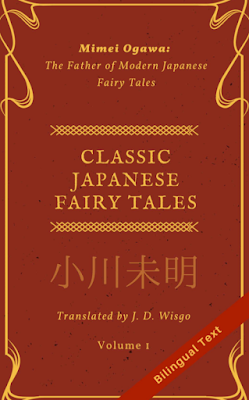"The Girl Who Drank The Moon" by Kelly Barnhill (published 2016)
| “The Girl Who Drank The Moon” by Kelly Barnhill (2016), winner of the Newbery Medal, is one of the best books I’ve read this year. Although “The Girl Who Drank The Moon” is geared towards kids in about fifth grade, I, at thirty, loved reading this book and was fully engaged with the story, racing towards the end to find out the fate of the characters within the book. Barnhill mixes bits of alchemy, folklore, politics, romance, psychology, adventure, and horror in her fairy-tale, which is all wonderfully expected. But, as New York Times reviewer Diana Wagman has put it, “Many books we read when we’re young want to teach us lessons about life. True, the things we learn in them can stay with us forever. But lessons can be so dull. Luckily, Kelly Barnhill’s wonderful fourth novel, ‘The Girl Who Drank The Moon,’ educates about oppression, blind allegiance and challenging the status quo while immersing the reader in an exhilarating story full of magical creatures and derring-do.” The girl who drank the moon is called Luna, a baby girl who was left in the deep, dark, and mysterious forest by the “Elders” – the governing group of a sorrowful place called the Protectorate. Under their rule, the town must sacrifice the youngest baby each year in order to subdue and please the witch of the land outside the Protectorate. According to the Elders, this sacrifice must take place to keep their city safe. The sadness produced by this annual ritual hangs a gloomy fog over all the people of the land. Everyone who dwells there is tired, worn out, submissive, and scared. Can anything be done to change the fate of the land and its precious people? And, what lies outside the Protectorate? One boy named Antain feels just enough anguish to ask questions such as these, leading him on a heartbreaking and glorious journey that will touch each reader. The magic in Barnhill’s fairy-tale is awesome. Some are destined to drink from the stars and moonlight, enmagicking them and giving them special, powerful abilities. Aside from wisdom and knowledge, the magic ones, some called the Star Children, are able to transform themselves and the world around them as well as perform acts of uncanny foresight. Some creatures have been around for hundreds or even centuries of years, carrying with them the most fundamental understandings of the universe or the memories of a long-forgotten history. Still others have found a way to gain magic rather than receive it, feeding off of a human emotion that never ever should be forced upon any soul in this world. Lastly, though not everyone has magic in the common understanding of the term, madness itself can create it – and conversely, kindness can, in its own way, too. “The Girl Who Drank The Moon” is beautifully written. One of the best parts of the book is Barnhill’s narrative voice and writing style, which is lyrical and poetic, matter of fact, strong and sweet. Barnhill draws from different perspectives of each character (which include a bog and a tiny dragon), bringing the reader into vastly different worlds connected and disconnected by threads and strands of a single story. This is a fairy-tale for those who can truly sense the weight of the real world, making it easy for imaginative readers to map - metaphorically, symbolically, and actually – the moving parts of this particular fiction to humanity’s condition right now. |




Comments
Post a Comment